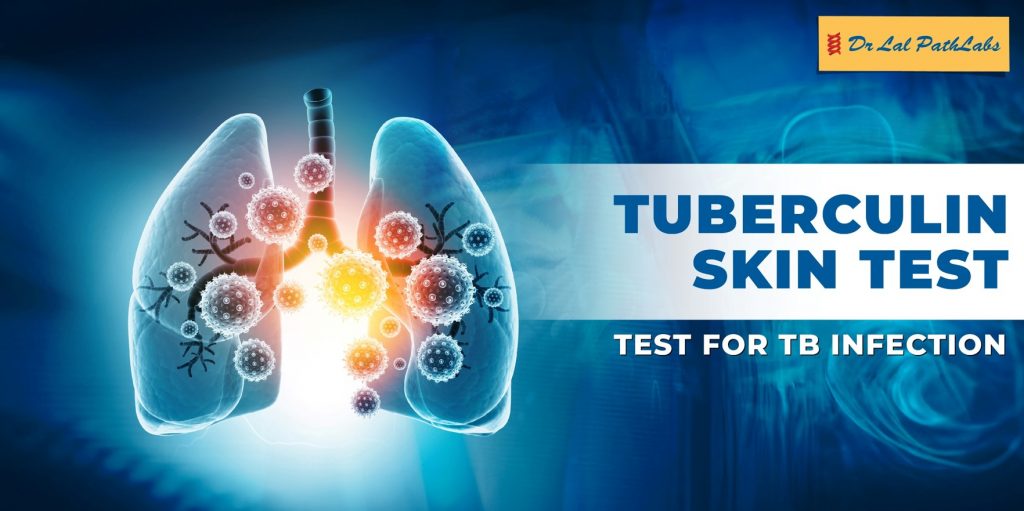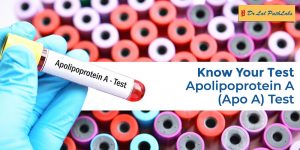Tuberculin Test: Normal Range, Procedure, and Results

Tuberculosis (TB) is caused by Mycobacterium tuberculosis (Mtb). It is of two types- active and latent. In active tuberculosis, the immune system cannot fight the mycobacterium, and it spreads in the body. Whereas latent tuberculosis is a condition where the immune system resists the mycobacterium. However, latent TB may develop into active TB if not treated.
A tuberculin skin test helps determine if an individual has been exposed to Mtb.
What is the Tuberculin Skin Test?
A tuberculin test is a skin test done to check the presence of TB-causing mycobacterium in a person. It assesses the immune system’s response to the antigen found on the surface of the Mycobacterium. Individuals who have received a TB vaccine are not exempted from taking the tuberculin skin test.
Who Should Get a Tuberculin Test?
TB is transmitted through the air when an infected individual coughs, sneezes or speaks. You should get a tuberculin test if you experience a combination of these symptoms:
- Severe cough that lasts over three weeks
- Coughing blood
- Exhaustion
- Fever and night sweats
- Loss of appetite and weight loss
If tuberculosis has spread to other organs, you may experience symptoms like:
- Swelling
- Body aches
- Stomach or pelvic pain
- Dark or cloudy urine
- Headache
- Stiffness
- Rashes on the body
A tuberculin test is also recommended if someone is at risk of getting TB. Here are some situations where an individual may be at greater risk:
- Being in contact with an infected person.
- Health workers working with TB patients.
- Someone who lives in healthcare centres.
- Having a weak immune system due to prevailing health conditions like HIV, cancer, and chronic kidney disease.
- Babies and children, as their immune systems are not fully developed.
Diagnosis of Tuberculosis
Tuberculosis is diagnosed with the help of a tuberculin test. In this test, the doctor injects tuberculin-purified protein derivative (PPD) into the surface layer of the skin. A reaction on the skin identifies a positive test. The tuberculin test involves two visits to the doctor.
On the first visit, they will examine your medical history to ensure you can take the test. Then, they will inject the tuberculin into your arm. On the second visit, the doctor will diagnose the test results.
Here is how the TB skin test works:
- The doctor injects a small volume of PPD fluid on the inner surface of the forearm.
- The patient returns within 48-72 hours, and the doctor examines any skin reactions that may have developed.
- Tuberculin test results are determined by the degree of swelling in the arm where the tuberculin was injected.
If the patient has tuberculosis, swelling and redness appear in the injection region within 72 hours. It is recommended not to scratch or massage the injected area.
Tuberculin Test Normal Range and Results
To examine the results of the tuberculin test, the doctor will study the amount of induration on the skin using a millimetre scale. For individuals with a healthy immune system, an induration equal to or exceeding 15mm is considered a positive TB skin test. In some cases, less than 15 mm induration is also deemed positive.
Here are situations in which induration of 10mm is considered positive:
- Healthcare workers who primarily work with mycobacteria in laboratories
- Residents living in TB-infected areas
- Children under the age of four
- People using intravenous (IV) medications
5mm induration is considered positive in people with HIV or other diseases affecting their immune systems. However, the Tuberculin test is not fool proof and can produce false positives.
Therefore, to determine the severity of tuberculosis, the doctor can also conduct other tests. These include X-rays, blood tests, and CT scans.
The treatment of TB involves antibacterial medications that are usually prescribed for six to twelve months. In case of a positive test, the doctor will prescribe medicines to clear the mycobacterium in the body. If the patient is at low risk of TB, but the test is positive, they will conduct subsequent TB tests to determine the presence of an active infection.
In a nutshell
TB is a severe condition which requires immediate medical attention. If you experience any symptoms, it is crucial to undergo a tuberculin test and start the treatment immediately. Timely diagnosis and treatment of TB can prevent it from progressing into a full-fledged infectious disease, which can be fatal. Taking precautions and following a proper treatment plan can help cure TB and stop it from spreading.














